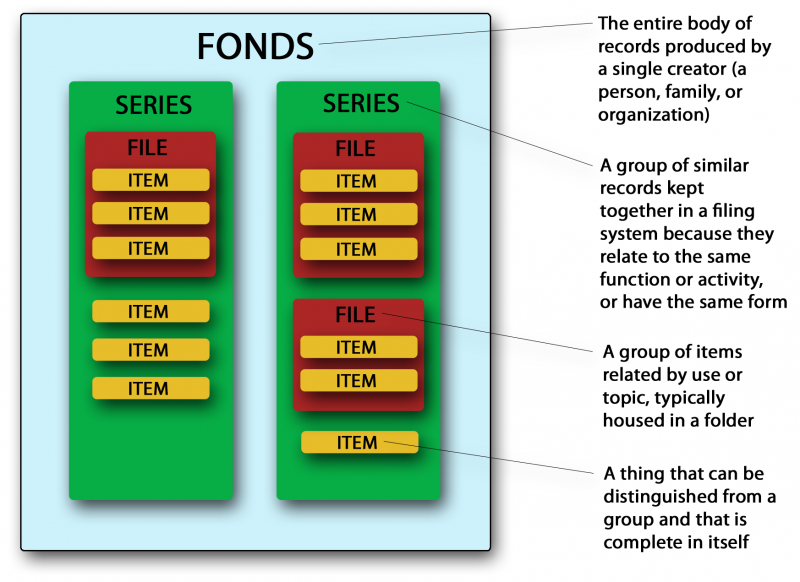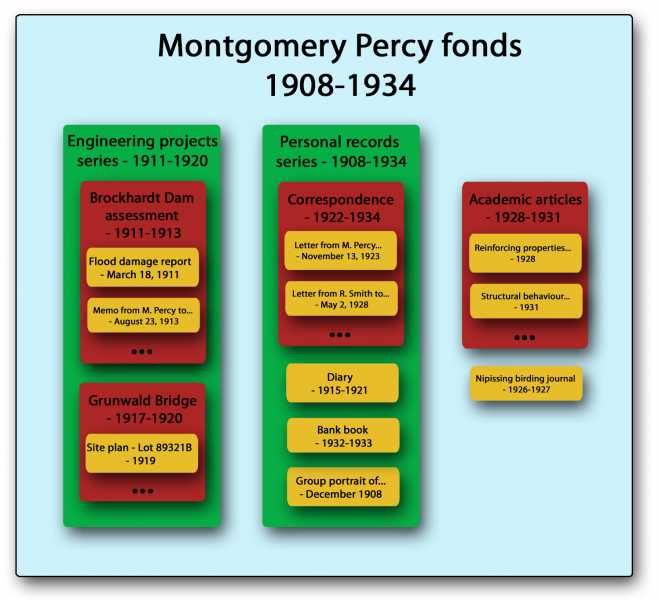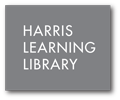
According to its mandate, the Nipissing University and Canadore College Archives and Special Collections (NUCCASC) selectively acquires, preserves, and makes accessible records that have enduring significance to the history of:
- North Bay and area (including the records of local individuals, families, businesses, and organizations)
- Nipissing University
- Canadore College
- North Bay Normal School / North Bay Teachers College
The Archives holds records in all formats, including textual records (correspondence, reports, minutes, etc.), audiovisual records (photographs, audio and video recordings), architectural drawings, maps, digital records, and artwork. Special collections contain publications including rare books, theses, dissertations, faculty publications, as well as books and pamphlets relating to local history and the environment.
Please see the Care and Management of Holdings Policy to learn more about how the Archives' holdings are preserved and managed.
Access
The Archives is open to everyone, not just the students and faculty of Nipissing University and Canadore College. To access the Archives please make an appointment in advance (see contact information below) so that Archives staff can prepare for your visit and will be available to help you. Researchers should familiarize themselves with the Reading Room Rules.
Search the holdings
Archival holdings can be searched online via the Archives' online descriptive database, which is powered by ICA-AtoM software. Publications in special collections can be searched for in Library Search (location will be listed as "Archives").
New to archival research? Check out the Guide to Archival Arrangement and Description below and the Archival Citation Guide.
Donations
The Archives only accepts donations of archival materials (textual records, photographs, maps, architectural plans, etc.) that the Manager decides fit the Acquisition Policy and will support the Archives' mandate. If you are interested in making a donation, please contact us.
For more information, please see the Donations page.
College Archives and Special Collections Contact
Ed Driedger - Manager, Archives & Access Services
Room L205, Harris Learning Library
100 College Drive, North Bay, ON P1B 8L7
edd@nipissingu.ca
705.474.3450 ext. 4545
Guide to Archival Arrangement and Description
This guide provides a basic introduction to how the records in archives are arranged and described, which will help you search and understand them better.
Records are any information or data in a fixed form that were created in the ordinary course of business and preserved for future reference. Common types of records include: textual records (such as correspondence, minutes, reports, and budgets), photographs, maps, architectural drawings, audio recordings, and video recordings. Records are unpublished, unlike books and other publications, and can be analog or digital.
In archives, records are arranged (organized) according to their creator, which is the individual, family, or organization that created or received the records. The entire body of records of a single creator is known as a fonds. For example, all the records created or received by the Acme Steamship Corporation would be kept together in a group known as the "Acme Steamship Corporation fonds." Each fonds is kept strictly separate from other fonds, so that the records of one creator are never mixed with those of another creator.
Records are always kept in their original order, which is the organization and sequence they were put into by their creator. The original order is important because it provides significant evidence about how the creator created, used, and reviewed the records. For example, the original order of undated letters in a file might indicate the chronological order in which they were received, or provide other clues as to how their creator used them. Because this contextual information can be lost forever if the original order is disrupted, records are never physically rearranged.
Through the process of archival description, archivists analyze records and create descriptions (also called finding aids) which provide information about the records, including: title, creator, dates of creation, extent (physical quantity), and contents. Archivists describe records in order to make them searchable and more fully understandable by researchers.
While paper finding aids used to be the norm, descriptions are now usually digital and are often housed in databases. Databases provide many advantages over paper finding aids, including: online access, full-text searching, filters to narrow search results, and the ability to include digital objects such as scans of photographs and documents. The Archives has a searchable online descriptive database where you can learn more about its archival holdings.
Archival description in Canada follows the Rules for Archival Description, a national standard that dictates which information elements are required for descriptions and how they must be structured. This standard ensures that descriptions from archives across Canada have the same general structure and the same types of information, making it easier to share and understand them.
Unlike a library catalog, where books and other publications are described individually, archival descriptions have a complex hierarchical structure of multiple interrelated levels that reflect the arrangement of the records. Each fonds can consist of multiple lower levels, including series, files, and items:

Please note that the structure is purely intellectual, and does not necessarily reflect the physical arrangement of records in files and boxes. From the diagram above you can see that the higher levels of description (like fonds and series) are made up of lower levels (like files and items). Each higher level of description thus summarizes the lower levels which it contains. For example, a file containing individual letters (items) dated 1913, 1914, and 1916 might have a summarizing title like “Correspondence†and the date range 1913-1916. Each level may contain any number of lower levels, and it may not include any.
Here's an example of how the structure of an actual fonds might look:

The title of fonds are always based on the name of the fonds’ creator, that is, the person, family, or organization that created the records. The titles of series, files, and items are the titles given to them by their creator, although sometimes with extra information or explanations of acronyms provided in square brackets by the archivist (for example, a file title like “ONR - Plans†might be expanded to “O[ntario] N[orthland] R[ailway] – [Site] plans†to make its contents more understandable). If the creator did not provide a title for a series, file, or item, the archivist will create one that provides a succinct summary of its contents. If a title is supplied, the archivist will explain this in a “Source of title proper note†attached to the description.
Make a note of the reference codes and titles of the files and items that you would like to access, so that they can be retrieved. Do not include the first 9 digits (CA ON00408) of the reference code, as this is the Archives' institution code. When ready, contact the Manager of Archives and Special Collections to set up an appointment and bring the list with you when you visit the Archives.

